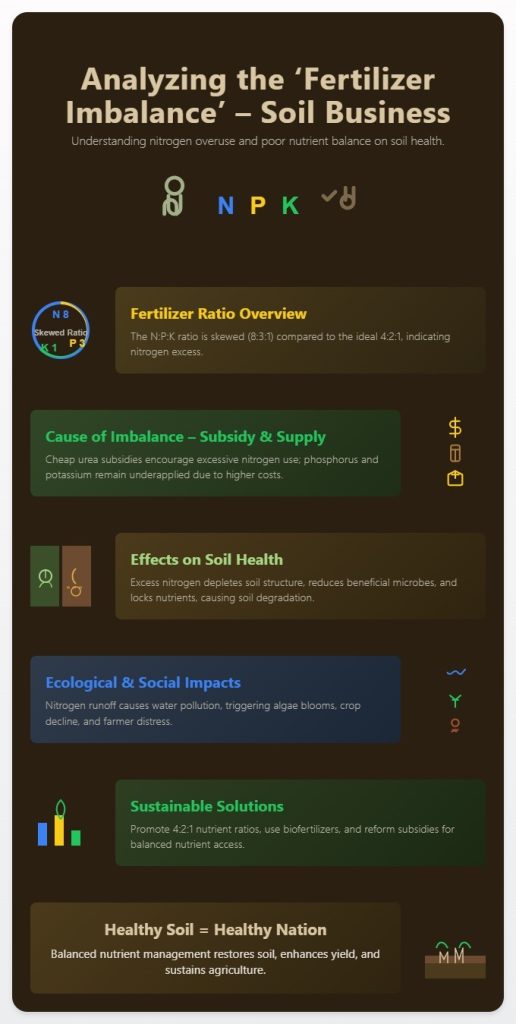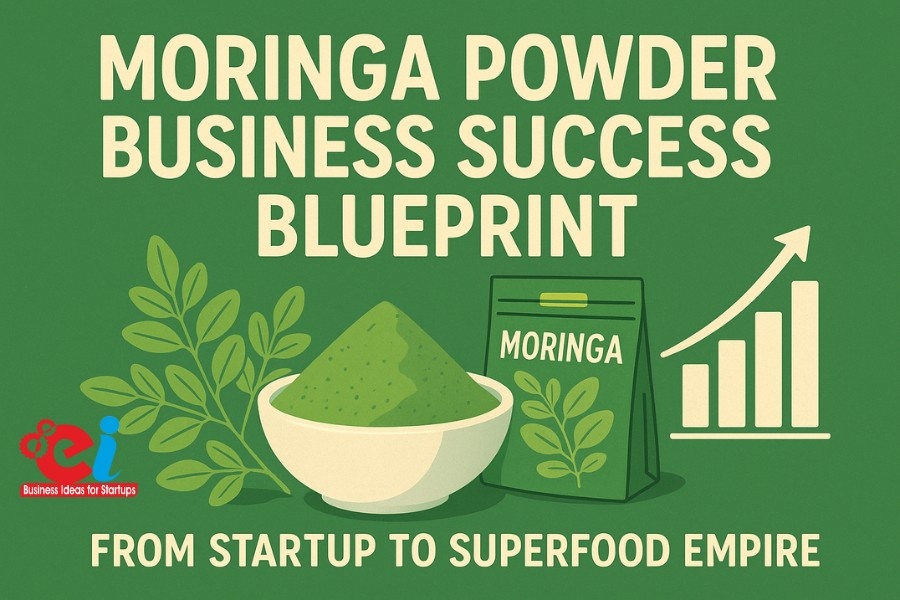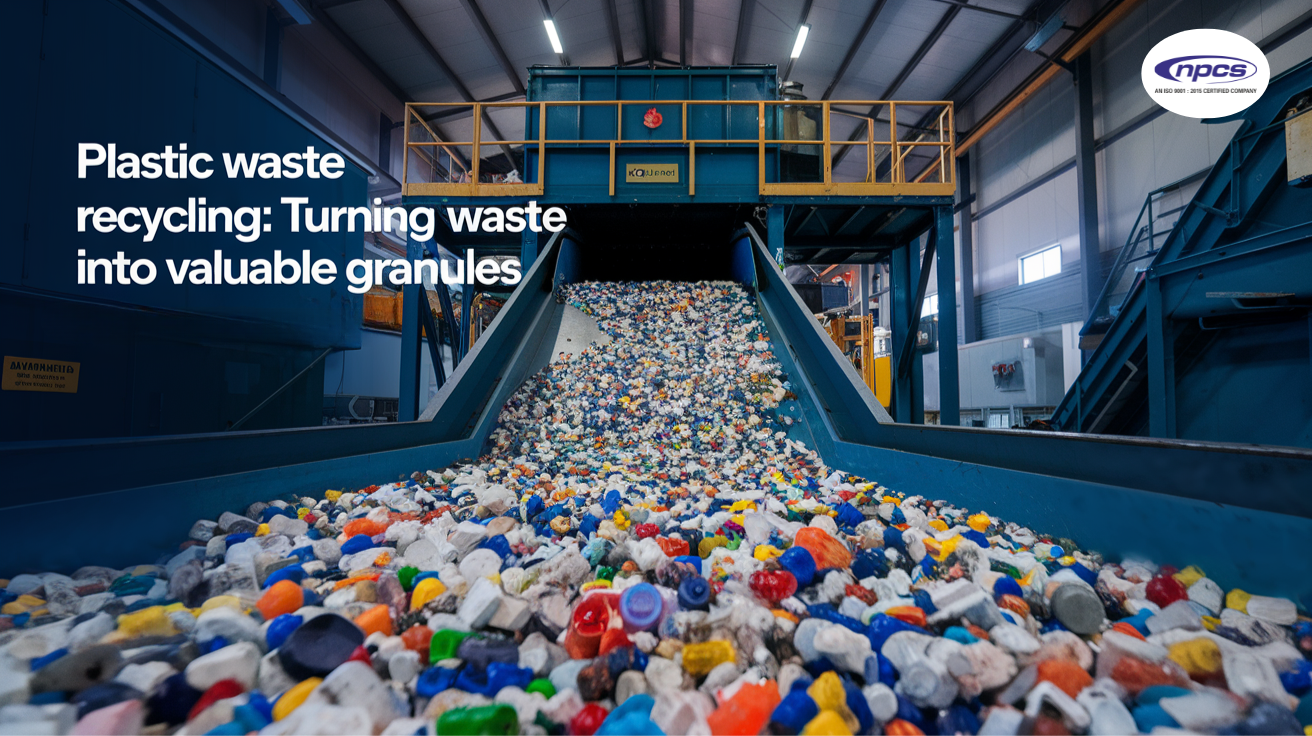Soil Business: Indian agriculture has an enormous agrarian base and a net sown area of over 140 million hectares and this growth has increasingly depended on synthetic fertilizers.
Urea, DAP (diammonium phosphate), and MOP (muriate of potash), have in particular, helped sustain food sufficiency and also catalyze the Green Revolution in India.
The very benefits of these fertilizers have also created fundamental agronomic and ecological challenges. Tackling unbalanced fertilizer use and the associated threats to soil and ecosystem health has been documented in Chemical Weekly, 3rd June 2025.
The article furthermore highlights a growing gap in the market for soil fertilizers that can increase soil fertility and crop yields without undue ecological harm.
Such soil health entrepreneurs and agri-tech soil health innovators are in a position to economically monetize soil through biofertilizers, microbial consortia, precision nutrient mapping and soil regeneration technologies(Soil Business).
Read Our Book: Click Here
Analyzing the ‘Fertilizer Imbalance’-Soil Business
The imbalance relates to the ratios of nitrogen, phosphorus, and potassium in the farming systems of a subcontinent as a whole, the reason being, because of irrational subsidies, the availability of Urea (nitrogen) has always been in surplus, cheaper and easier to obtain.
As such, ‘overuse’ of nitrogen (excess application) in farming systems, is common, while the application of other ‘socially’ and ‘ecologically’ useful nutrients is almost neglected. This leads to sick soils.

What the Experts Have Said (Chemical Weekly, June 2025)-Soil Business
Groundwater can be contaminated and the efficiency of nitrogen in use can be reduced because of ‘excess nitrogen’ in farming systems.
The unbalanced ‘famine’ of organic matter and microbial diversity in soils has become a common phenomena.
Secondary nutrients such as sulfur, zinc and boron have started to become deficient.
Dramatic economic inequalities is a barrier to adoption of a sensible approach to balancing nutrients for any farmer.(Soil Business)
The Market Size and The Impact-Soil Business
The Department of Fertilizers and the industry has estimated that India ‘lost’ 35 million tonnes of fertilizers each year till 2025 and out of that, almost 50% of which is Urea.
The optimum N:P:K ratio is 4:2:1, whereas in most of the states such as in Punjab and Haryana, it is, at best, 20:5:1, which is extreme.This degradation in soil is now negatively impacting more than 30\% of cultivable land.
The above mentioned factors not only endanger sustainable farming practices, but also food security, rural income, and poverty of the entire nation. Therefore, productivity and the rural agricultural economy cannot be divorced within the context of India.
Read More: Turn Fertilizer Imbalance into Profit: India’s Soil Health Opportunity
Market Potential In Biofertilizers and Microbial Consortia
Biofertilizers aim to increase soil biological activity and other friendly microorganisms to improve biological activity and uptake of nutrients.
Categories: Nitrogen fixers like Rhizobium and Azotobacter, Phosphate solubilizers, Potash mobilizers, and Mycorrhizal fungi.
This particular market is projected to reach the value of rupees 10,000 crores by the year 2030.
Deficit Start-up Scope: Elaboration of biofertilizers in the shelf-stable liquid or granular forms suitable for different agro-climatic zones.
The soil infrastructure is limited by broken and unused land, scientific neglect, and a relatively small market.
Read Our Project Report: Click Here
Soil Sensors and Wearable Technology
The interest of AgroStar, KrishiHub, and BhoomiTech and others suggests the need for cost-effective, modular devices that incorporate customized soil and weather data algorithms.
Controlled Release and Nano Fertilizers
Optimizing the estimation of where and how nutrients are provided with little to zero waste of fertilizers are using nano fertilizers such as the nano-urea and nano-zinc patents held by ICARS and IFFCO.
“Simplified Guided Approach to Enabling the Scale-up Innovative Approaches to Soil Carbon Farming – Enhancing Market Demand” Market Demand: Efficiency gains with input use efficiencies backed by Atmanirbhar Bharat.
Startups Perspective: Collaborate on micro-encapsulation and controlled-release technology or nano formulations.
Organic Soil Conditioners and Humic Substances
Outcome: Restoration and retention of carbon levels increased and microbial activity enhanced.
Vertical: Collaborate with municipal waste processors or farm residue managers to produce bulk Organic Soil Conditioners.
Carbon Credits and Regenerative Practices-Soil Business
Integrated Clinton: Healthy soil capture carbon and climate smart and restorative agriculture.
New Trend Alert: Carbon farming with satellite monitoring technologies to measure and capture the amount of carbon stored in soil.
Monetization: Farmers with sustainable practices of fertilization and minimum tillage are given carbon credits.
Startup Opportunity: Develop frameworks that connect farmers to carbon credit markets and MRV systems.
Read More: How to Start Biofertilizer Manufacturing Business and Organic Farming?
Government Schemes-Soil Business
Balanced fertilization and soil rejuvenation has been promoted through numerous schemes by the government.
Soil Health Card Scheme: Has issued Soil Health Cards to over 22 crores farmers which unlocks opportunities for analytics on soil data services startups.
PRANAM- FCO 2021: Bio-stimulants and nano fertilizers now legally fall within the FCO 2021.”
Support Program: BIRAC with NABARD and Agri-Infra Fund has financed the developing biotech and agri-logistics projects.
Read More: Organic Farming and Biofertilizer Production
Impact From Startups
AgroLife Innovations has developed a microbial soil activator which enables a reduction in the urea application to 30% over 150,000 acres of land. An Indian company, CropX, in a joint-venture with Israeli counterparts, plans to apply AI to optimize fertilizer use among smallholder farmers using subsurface sensors and soil moisture.
Farmizen associates systems of holistic and balanced nutrition, fundamental to regenerative farming. Startups face numerous challenges like lack of awareness and affordability of soil health, subsidized logistics, and the cross living of microbial inputs.
Also, FCO compliances, scientific validation and other issues must be completed before new products are marketed.
What Is The Right Time-Soil Business
The opportunity to commence business operations as an entrepreneur, is rather, limitless. With the unbundling of the government subsidy on fertilizer, and encouraging the adoption of alternative cheaper “greener” options, as cheaper green substitutes for residue-free products, the world, and the climate emergency, is greatly appreciating regenerative agriculture.
Furthermore, the record $720 million of investment in agritech startups in 2023 is an astounding manifestation of investment trust in the sustainable agriculture.
How NPCS Can Help You
Soil Health and Soil Health and fertilization is an area which NPCS is very eager to support and guide possible new entrepreneurs in the area.
NPCS participates in the preparation of techno-economic feasibility stories which elogated (crosses over) on sophisticated marketing studies, to Mars process flow diagrams, machinery and raw materials, value, product-mix, and financial projections to make supply and demand balances for projections.
Inducing value research and profound marketing intelligence (analysis) is the key to boost the business of Soil Health industry. Soil Health and fertilization is an area which NPCS is very eager to support and guide possible new entrepreneurs in the area.
Find the Best Idea for Yourself With our Startup Selector Tool
Conclusion-Soil Business
The uneven use of fertilizers highlights how potential issues on a national scale can become the base of a business startup. To the entrepreneurs, it is completely environment and country agnostic, it is simply an innovative business model. Opportunity is huge and very scalable, ranging from microbial inputs and nano fertilizers to carbon farming and regenerative soil practices.
Without a doubt, soil in combination with other factors will propel the advancements in farming in India to be sustainable and data-driven. So, anyone with the motivation to start working on it now will certainly enjoy the most monetary and ecological benefits because they will be the the first to make revolutionary changes in the core of the system.
FAQs-Soil Business
What are the main causes of imbalance in the use of fertilizers in India(Soil Business)?
A. The imbalance is primarily a result of the excessive use of subsidized urea (nitrogen) while the use of phosphatic and potassic fertilizers is neglected.
How does imbalance in the use of fertilizers impact soil health?
A. The outcome is soil degradation due to nutrient leaching, depletion, and a deficit of microbial activity(Soil Business).
What would be some of the relevant opportunities for startups to engage in concerning the health of the soils?
A. The focus areas are biofertilizers, soil analytics, nano fertilizers, organic soil conditioners, carbon and so on.
What are the government steps taken to promote adoption of sustainable fertilizers?
A. The Soil health Card Scheme, PM-PRANAM and FCO 2021 encourage the balanced use of fertilizers and environmentally sustainable practices of fertilization and fertilization.
In what ways can NPCS facilitate the commencement of soil health projects?
A .NPCS prepares detailed project reports, which include the market, finances, and other relevant aspects, which helps in undertaking compliant and sustainable soil health business activities(Soil Business).


























